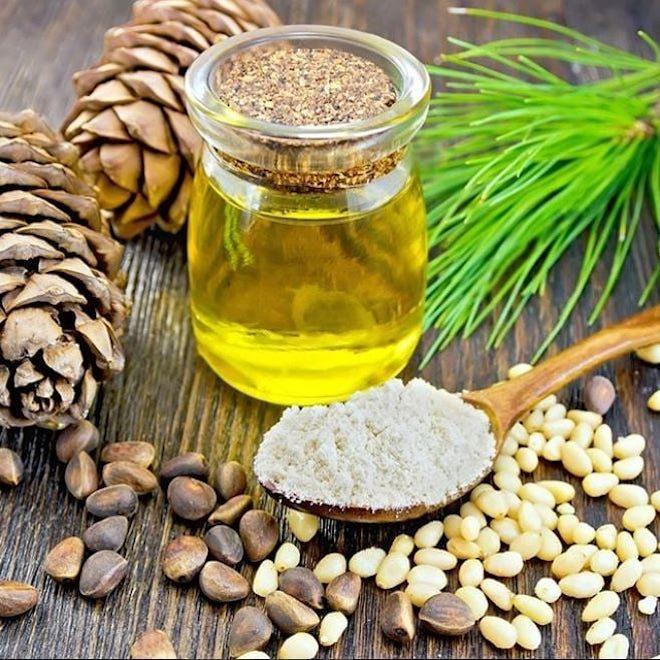Pine Resin: A Wonder Material From Trees
Pine trees have been providing resin for centuries, yet this wonder material remains relatively unknown. Let's take a closer look at pine resin - what it is, its history of uses, and modern applications.
What is Pine Resin?
Pine resin, also known as rosin or colophony, is a natural polymer substance found in pine trees. When a pine tree is damaged, it exudes a sticky yellowish substance to protect the damaged area from fungus or other contaminants. This substance hardens into resin over time.
Chemically, pine resin is a complex mixture of organic compounds called terpenes. Its main components are acids, like abietic acid. Pine resin has a strong, woody scent and takes on a hard, glassy form when dry. It also acts as a protective barrier to seal wounds and defend the tree from insects and microbes.
Ancient Uses of Pine Resin
Pine resin has been utilized for centuries across many cultures and civilizations. Some of its historical uses include:
- Torches and lamps: Before the invention of electricity, pine resin was collected and processed into torch fuel. Ancient Greeks would gather resin to fuel their torches, lamps, and fireplaces.
- Glues and adhesives: Mixed with binders like plant gums or egg whites, pine resin forms a very strong natural glue. Ancient Egyptians used it to attach handles to tools and construct wooden furniture and artifacts.
- Varnishes and polishes: Heating pine resin produces a hard, durable varnish excellent for waterproofing and protecting various surfaces. Ancient Romans waterproofed their merchant ships with multiple coats of pine resin varnish.
- Medicinal uses: Various cultures employed pine resin for its antimicrobial properties. Greeks used it to disinfect wounds and treat skin inflammations. Incense made from resin also held spiritual significance in ancient religious ceremonies.
Modern Applications of Pine Resin
While its ancient uses have diminished, pine resin remains industrially and commercially important today through newer applications:
Rosin in Stringed Instruments
Softening and heating pine resin produces rosin, which is indispensable for stringed musical instruments like violins. The fine white or amber powder is rubbed onto the bow hair, allowing it to grip the strings and produce sound. Different types of rosin cater to various playing styles.
Adhesives and Sealants
The adhesiveness of pine resin makes it useful as a wood glue or sealant. Combined with natural fibers, it's applied to construct matches, cardboard, and bookbinding. In construction, it adds strength and water resistance as a sealant for beams, floors, and roofs.
Solder Flux
Pine resin lowers the melting point of solder for joining metals. As a flux, it cleans oxidation from metal surfaces before soldering. Electronics and plumbing industries utilize rosin-based fluxes for precise soldering.
Paper Sizing
When paper was first made by hand, pine resin provided a water-resistant coating or "size." This enhanced the paper's strength, surface finish and printability. Some papers still use rosin or other synthetic sizings today.
Rubber and Plastics Additive
The terpene content of pine resin makes it an excellent rubber and plastic additive. It improves product performance as a tackifier, gelling agent or antioxidant. Everything from tires and hoses to glue sticks and chewy candies contain tiny amounts of rosin.
Bio-based Products
New technologies explore pine resin as a renewable feedstock. Researchers develop bio-plastics, resins, and composites from its unique terpene chemistry. Another focus involves extracting antioxidant compounds for nutraceuticals or cosmetics. The future potential of pine resin is exciting.
Sustainability of Pine Resin
Unlike shrinking fossil fuel reserves, pine resin is a sustainable and renewable resource. As long as pine trees continue growing worldwide, their resin gifts can withstand harvesting pressures. Modern distillation recovers resin efficiently with little environmental impact. Plantations also cultivate high-resin yielding pine species. So with responsible management practices, pine resin will remain available to meet both traditional and innovative needs.
From ancient torches to modern applications, pine resin exemplifies how nature's gifts can serve humanity's needs over millennia. As new technologies unlock its full potential, pine resin will likely contribute in unforeseen ways. Its history teaches the value of forest stewardship and bio-based materials for a sustainable future. With renewable resources like pine resin, civilization need not depend wholly on non-renewable materials.
Get more insights on -
